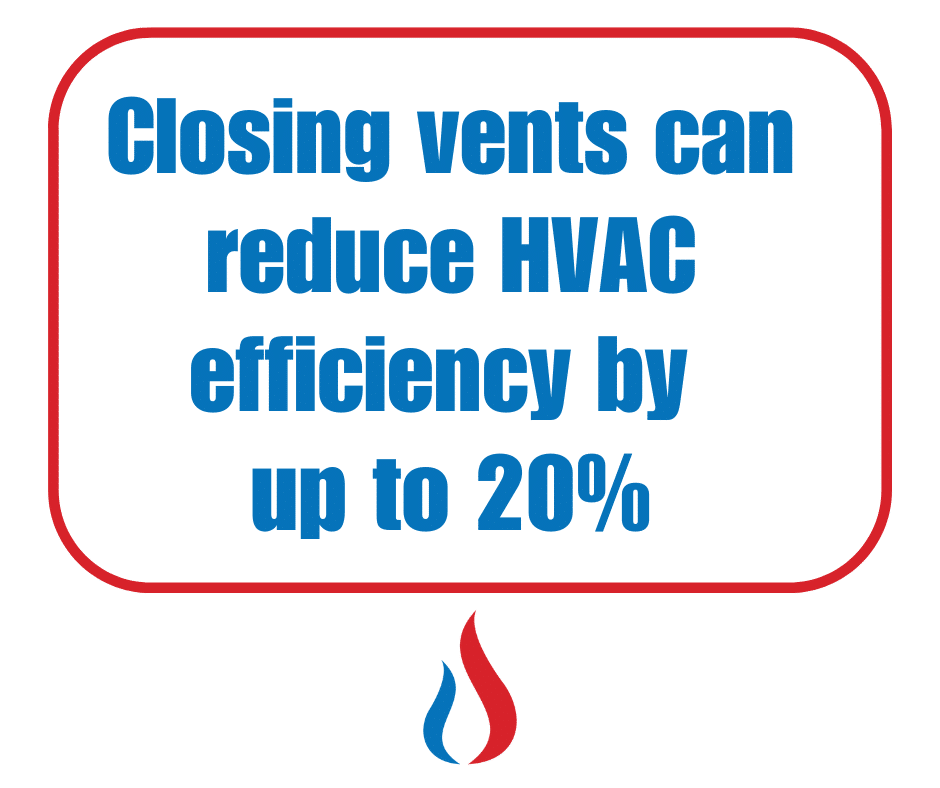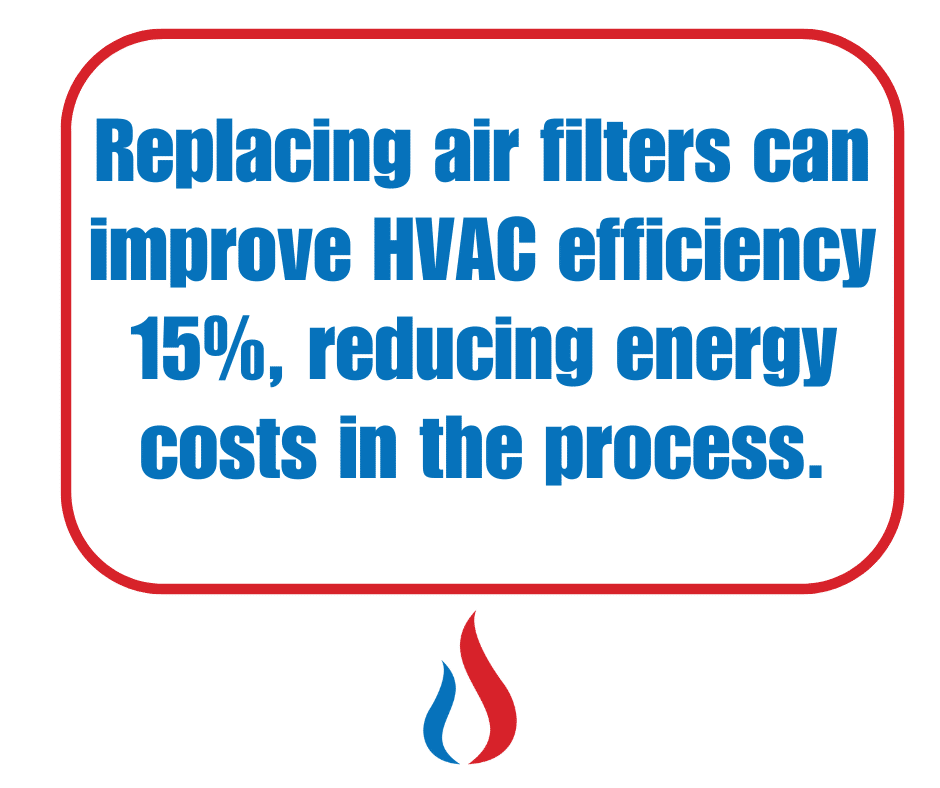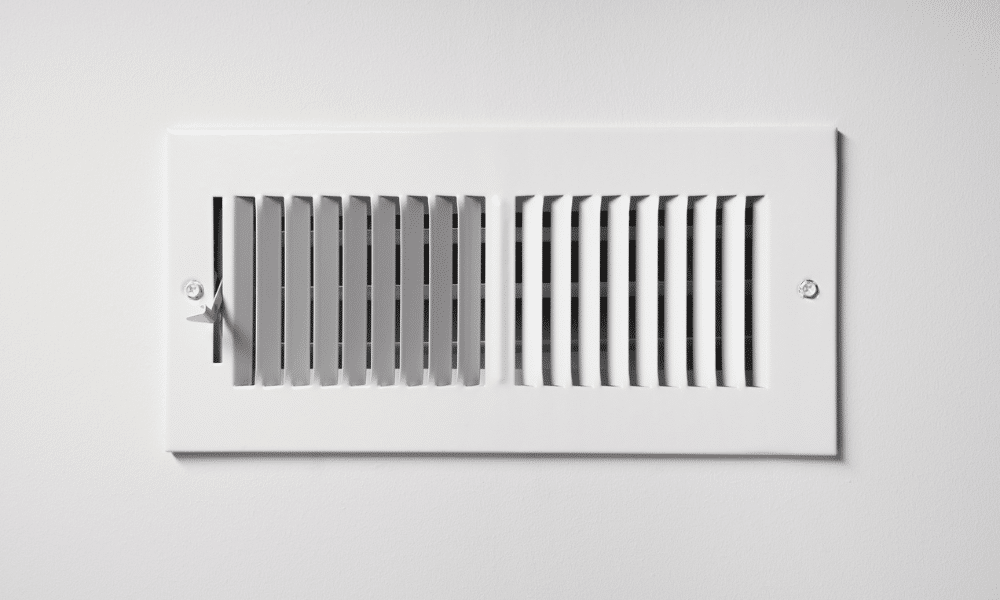Maintaining a comfortable and healthy living environment requires attention to various factors, including the proper functioning of your HVAC system. One often overlooked but critical aspect is ensuring that air vents remain unblocked. Many homeowners inadvertently place sofas, furniture, or other items in front of vents, blocking airflow. This simple mistake can significantly impact the efficiency of your HVAC system and overall indoor air quality.
The Dangers of Blocking Air Vents
Blocking air vents disrupts your HVAC system’s ability to circulate air efficiently throughout your home. When furniture, rugs, or other obstructions cover vents, the airflow gets restricted, causing your system to work harder. Over time, this extra strain can increase wear and tear, leading to higher maintenance costs or even premature system failure.
Many homeowners are unaware that their vents are blocked. It’s easy to place a sofa or chair over a vent without realizing the consequences. The blocked vents can lead to uneven temperature distribution, with some rooms feeling too hot and others too cold. This imbalance forces your HVAC system to work overtime, escalating energy consumption and utility bills.
In addition, blocking air vents can reduce indoor air quality. Stagnant air can accumulate dust, allergens, and pollutants, worsening allergy symptoms or respiratory issues. For families with children or individuals with health concerns, maintaining proper airflow is essential for a healthy living environment. Recognizing and correcting airflow issues is critical to preserving your HVAC system while ensuring comfort for all occupants.
The Stress of Blocked Air Vents
When discussing blocked air vents with homeowners, we often use a helpful analogy: it’s akin to giving your HVAC system high blood pressure. Just as restricted blood vessels compel your heart to work harder, blocked air vents strain your HVAC unit to circulate air. This undue pressure can lead to inefficient operation and increased energy costs.
An HVAC system is designed to work with a specific network of ducts and vents. When you block or close some vents, you create pressure imbalances and disrupt the overall airflow. This imbalance can cause the system to overheat, freeze, or break down. In essence, knowingly blocking your air vents is like continually asking your HVAC system to operate under stressful conditions.
Moreover, this analogy highlights the importance of regular system checks and maintenance. Knowing that you’re creating stress on the system can help motivate you to reassess your home layout or furniture placement. Making simple changes to ensure free airflow can significantly extend the lifespan of your HVAC system while optimizing its performance.
The Misguided Approach of Closing Vents
 Some homeowners believe that closing vents in rarely used rooms will save money. They hope that redirecting air to frequented areas will improve efficiency and reduce costs. However, this practice is counterproductive. Modern HVAC systems are calibrated to function with all vents open, enabling a balanced distribution of conditioned air.
Some homeowners believe that closing vents in rarely used rooms will save money. They hope that redirecting air to frequented areas will improve efficiency and reduce costs. However, this practice is counterproductive. Modern HVAC systems are calibrated to function with all vents open, enabling a balanced distribution of conditioned air.
Closing vents disrupt this balance, causing pressure build-up and forcing your system to work harder. According to the Department of Energy, closing vents in unused rooms can lead to duct leakage and decreased efficiency. A study by the Lawrence Berkeley National Laboratory found that closing vents can reduce HVAC efficiency by up to 20%, ultimately increasing energy costs rather than reducing them.
Additionally, closed vents can cause uneven heating or cooling, leading to discomfort in your home. This imbalance may force your HVAC system to cycle on and off more frequently, shortening its lifespan and increasing maintenance costs. Instead of saving money, homeowners could spend more in the long run due to these unintended consequences.
Impact on Air Quality and Humidity
A lesser-known consequence of blocked air vents involves air quality and humidity levels—efficient cooling functions by removing excess moisture from the air and dehumidifying the environment. When vents are blocked, the conditioned air cannot circulate to dehumidify the space effectively. You may notice the air feels cold and clammy or an odor developing in certain rooms. These are signs of poor dehumidification and air stagnation.
Blocked vents can also increase humidity levels, creating an ideal breeding ground for mold and mildew. These contaminants can exacerbate respiratory issues and allergies. Ensuring proper airflow is crucial for maintaining healthy humidity levels and improving indoor air quality.
Furthermore, stagnant air can accumulate pollutants and allergens, leading to an unhealthy living environment. Elevated humidity can also cause structural damage over time, including warped wood and peeling paint. Keeping vents clear and promoting good airflow can avoid these issues and create a more comfortable, healthier home.
Practical Solutions for Better Airflow
To address rooms with inadequate air supply, you can consider several effective solutions that promote proper airflow and improve system efficiency throughout your home. Implementing these strategies can enhance overall comfort and ensure that every room receives sufficient conditioned air. Doing so can create a more balanced living environment that meets your family’s needs.
Ensure Sufficient Return Air
One common issue in homes with air quality problems is insufficient return air. Return vents are crucial for reconditioning air back into the HVAC system. Ensuring each room has enough return vents can balance airflow, enhancing both comfort and efficiency. This solution often requires minor renovations but can significantly impact overall air circulation.
Install Room Sensors
Room sensors that work with your thermostat provide an innovative solution for monitoring temperature and humidity throughout your home. These sensors can provide precise data, allowing your HVAC system to make real-time adjustments. For example, one of our customers utilizes 15 room sensors to gather detailed information and create a comfortable environment based on actual conditions. By employing room sensors, you can consistently ensure optimal temperature and humidity levels.
Use Air Quality Monitors
Air quality monitors are essential tools for measuring indoor air quality and identifying potential issues. These devices help you track levels of pollutants, humidity, and other factors. Regular use enables you to take corrective actions promptly, such as replacing filters or adjusting the HVAC settings. Remember, your home has three filters: the filter at the unit, the filter at the return, and your lungs. By catching contaminants early with an air quality monitor, you can protect your health and maintain a cleaner indoor environment.
Regular Maintenance and Filter Replacement
 Ensuring your HVAC system operates efficiently requires regular maintenance and timely filter replacements. Dirty filters restrict airflow, causing your unit to work harder and less efficiently. According to the U.S. Department of Energy, replacing dirty filters can improve HVAC efficiency by 15%. Keep a schedule for checking and replacing filters, especially during high usage periods, to optimize system performance and indoor air quality.
Ensuring your HVAC system operates efficiently requires regular maintenance and timely filter replacements. Dirty filters restrict airflow, causing your unit to work harder and less efficiently. According to the U.S. Department of Energy, replacing dirty filters can improve HVAC efficiency by 15%. Keep a schedule for checking and replacing filters, especially during high usage periods, to optimize system performance and indoor air quality.
Optimal Furniture Placement
Take care to arrange furniture and other items so they do not obstruct air vents. Evaluate each room periodically to ensure nothing blocks your vents, allowing for free-flowing air. Educating all household members about the importance of unobstructed vents can help maintain an efficient HVAC system and balanced air distribution throughout your home.
Addressing Specific Room Concerns
In some rooms, inadequate supply vents may cause discomfort. While adding more vents is rarely the complete solution, ensuring the existing vents function properly can make a significant difference. Ensure that no vent is blocked by furniture and that all are open to allow maximum airflow.
To address specific room concerns, monitor each room for signs of poor airflow or high humidity. If a room consistently feels uncomfortable, examine the supply and return vents. Simple adjustments, such as clearing any obstructions or opening a previously closed vent, could resolve the issue.
Additionally, using portable fans can help improve airflow in areas with limited supply vents. Fans can facilitate air circulation, providing added comfort without the need for extensive renovations. Experimenting with fan placement may help achieve a more balanced temperature throughout your home, enhancing the overall living experience.
You might also consider utilizing ductless mini-split systems for rooms that struggle with airflow. These systems offer zoning capabilities, allowing for tailored temperature control in each space. This not only optimizes comfort but also contributes to energy savings, making it a practical solution for addressing specific room concerns effectively.
Maintaining Optimal Airflow for a Healthier Home
Blocking air vents in your home may seem inconsequential, but it has far-reaching effects on your HVAC system’s efficiency, indoor air quality, and overall comfort. Whether the blockage is inadvertent or intentional, it disrupts airflow, causing your unit to work harder and less effectively. Maintaining unobstructed vents ensures balanced air distribution, optimized system performance, and health benefits.
Take proactive steps to monitor and enhance airflow in your home. Utilize solutions like room sensors, air quality monitors, and regular maintenance to keep your HVAC system running efficiently. Prioritize proper air circulation and enjoy a comfortable, healthy living environment year-round. Your HVAC system, and by extension, your home, will function more effectively with consistent maintenance and smart air quality practices.







